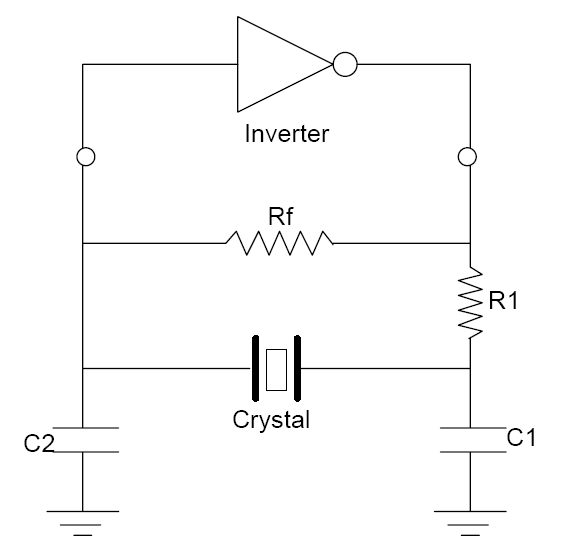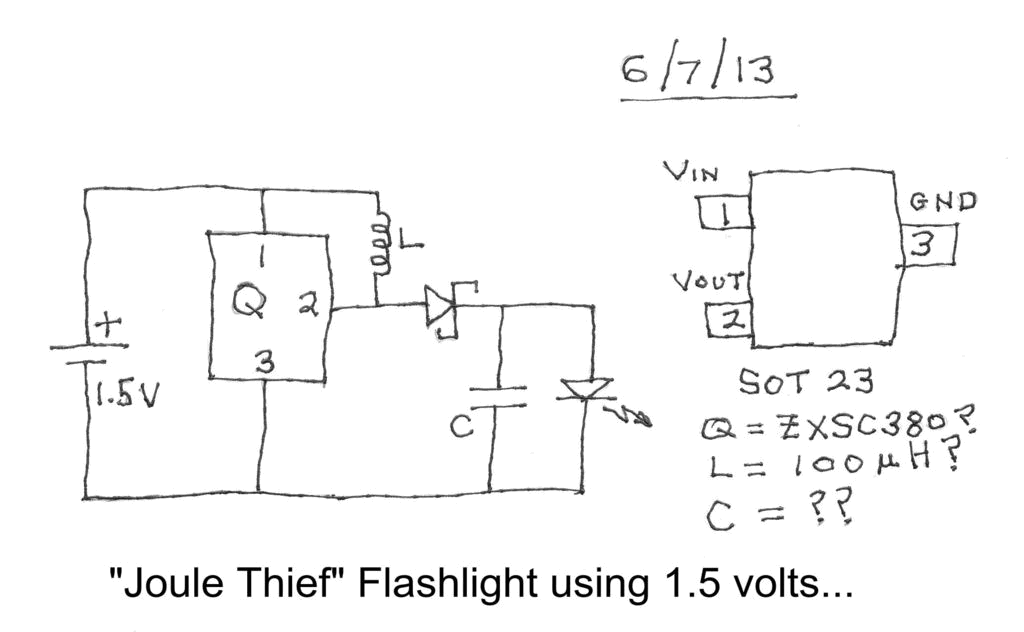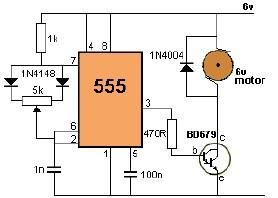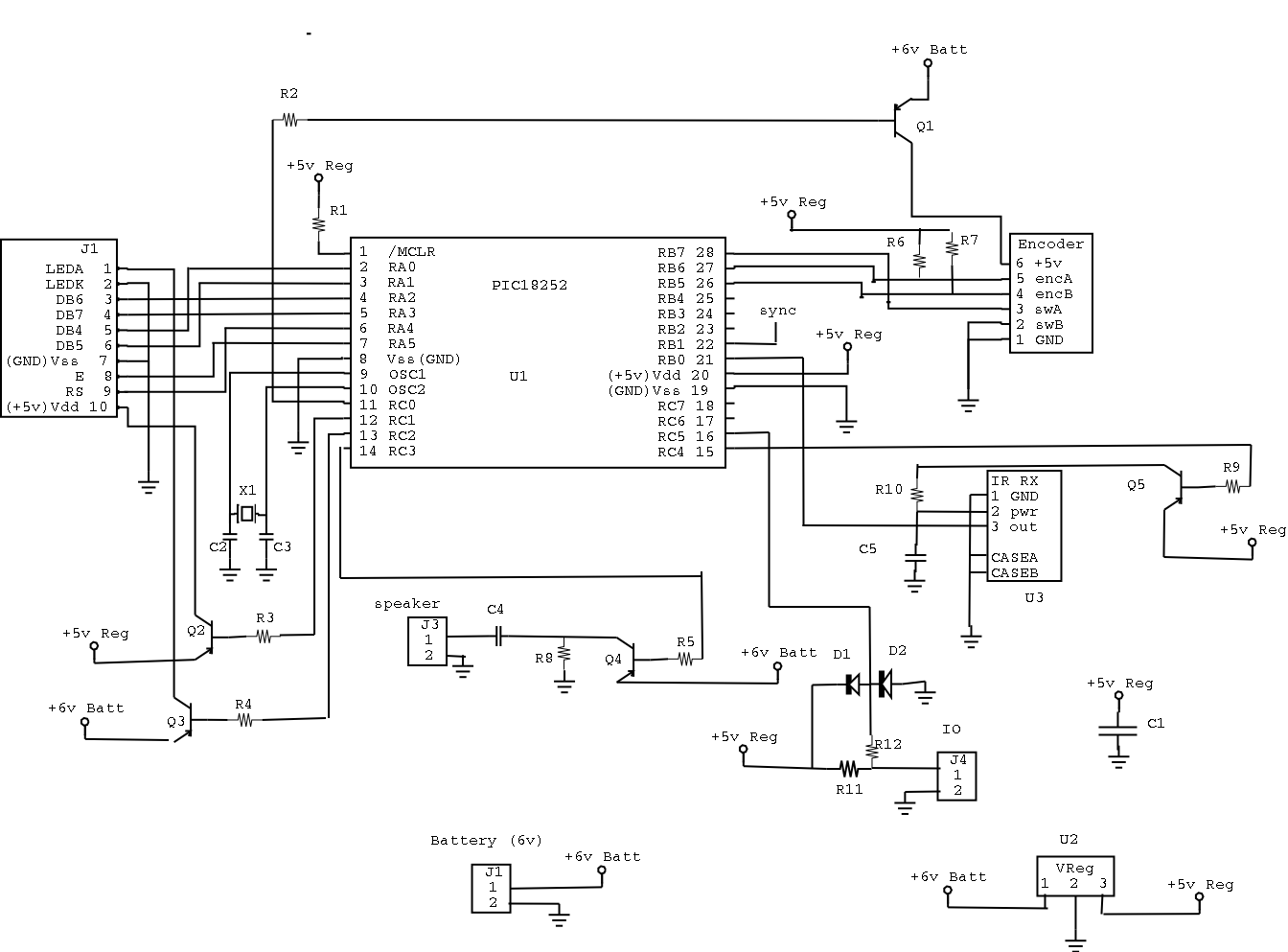
Low drift constant current source circuit by the MIC2951
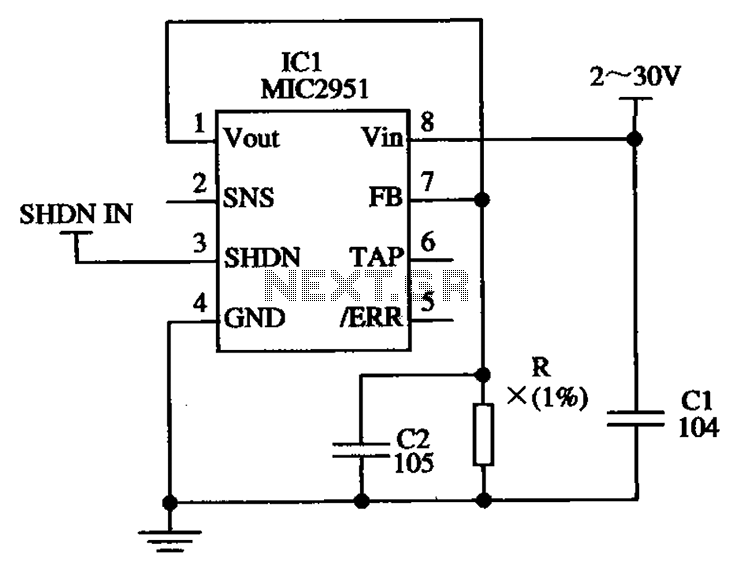
The circuit illustrated in the figure utilizes the low-drift current source circuit MIC2951, which is designed to provide specific output current values.
The MIC2951 is a precision voltage regulator that can also be configured to function as a low-drift current source. It is particularly suited for applications where stable and accurate current output is essential. The circuit typically consists of the MIC2951 integrated circuit, external resistors, and capacitors that help in setting the output current and ensuring stability.
To configure the MIC2951 as a current source, a resistor is connected between the output and the ground. The output current can be calculated using the formula I_out = V_ref / R, where V_ref is the reference voltage of the MIC2951, typically around 1.235V, and R is the resistance value chosen. This configuration allows for a precise output current that remains stable over a range of temperatures and supply voltages, making it suitable for applications such as biasing transistors, powering LEDs, or providing reference currents in sensor circuits.
The low-drift characteristics of the MIC2951 are critical in applications where variations in temperature or supply voltage could lead to significant performance deviations. The device features low output noise and a wide input voltage range, which further enhances its usability in sensitive electronic applications. Proper decoupling capacitors should be placed near the power pins to minimize noise and ensure stable operation.
Overall, the MIC2951 current source circuit is an effective solution for generating low-drift, stable output currents in various electronic applications. Circuit shown in Figure is the use of low-drift current source circuit MIC2951 constituted its current source output current values are:
The MIC2951 is a precision voltage regulator that can also be configured to function as a low-drift current source. It is particularly suited for applications where stable and accurate current output is essential. The circuit typically consists of the MIC2951 integrated circuit, external resistors, and capacitors that help in setting the output current and ensuring stability.
To configure the MIC2951 as a current source, a resistor is connected between the output and the ground. The output current can be calculated using the formula I_out = V_ref / R, where V_ref is the reference voltage of the MIC2951, typically around 1.235V, and R is the resistance value chosen. This configuration allows for a precise output current that remains stable over a range of temperatures and supply voltages, making it suitable for applications such as biasing transistors, powering LEDs, or providing reference currents in sensor circuits.
The low-drift characteristics of the MIC2951 are critical in applications where variations in temperature or supply voltage could lead to significant performance deviations. The device features low output noise and a wide input voltage range, which further enhances its usability in sensitive electronic applications. Proper decoupling capacitors should be placed near the power pins to minimize noise and ensure stable operation.
Overall, the MIC2951 current source circuit is an effective solution for generating low-drift, stable output currents in various electronic applications. Circuit shown in Figure is the use of low-drift current source circuit MIC2951 constituted its current source output current values are:
Warning: include(partials/cookie-banner.php): Failed to open stream: Permission denied in /var/www/html/nextgr/view-circuit.php on line 713
Warning: include(): Failed opening 'partials/cookie-banner.php' for inclusion (include_path='.:/usr/share/php') in /var/www/html/nextgr/view-circuit.php on line 713
